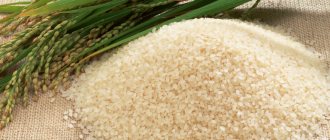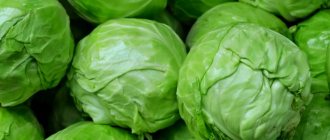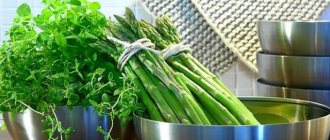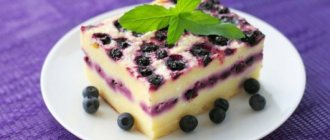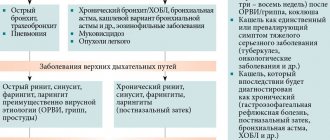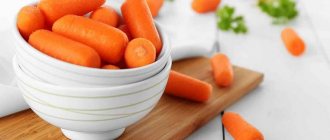Sushi and rolls during breastfeeding
Pediatricians have differing opinions on this issue. The majority is inclined towards abandoning non-native cuisine during lactation. Dr. Komarovsky answered the question of whether sushi is possible while breastfeeding. He recommended not including foods that are not native to our region in the diet.
The main reason for refusal by pediatricians is that the dishes contain raw fish. And the safety of a woman and her infant depends only on the integrity of suppliers and kitchen workers. Another important factor is the spice content, which affects the taste of milk.
But pediatricians also consider the positive side of the issue. Appetizers contain fish and seafood. Iodine and healthy fats are needed by a nursing woman. Therefore, you should not refuse them. To decide whether it is worth trying Japanese cuisine during the feeding period, you need to consider the composition of the product and the cooking features.
The benefits of rolls during breastfeeding
If the decision about whether a nursing mother can use rolls has not yet come, you need to consider the benefits of the products. The dishes have a varied composition, so it is worth considering the main ingredients.
- Seaweed for folding contains a large amount of iodine and phosphorus. These are important components of a balanced diet for a nursing woman.
- Rice is a more common product. It promotes rapid saturation, in small quantities does not affect weight, and even promotes weight loss.
- Fish must be included in the diet, replenishing calcium, phosphorus, fatty acids, and iodine. These will help the mother quickly restore her health and beauty, and gain strength to raise her baby.
- If a woman has anemia and general exhaustion, it is recommended to choose species with flying fish caviar.
- Cucumbers, contained in small quantities, promote normal digestion and removal of stagnant fluid.
- Wasabi improves metabolism.
- Ginger is good for the heart and vascular system. Helps in the prevention of caries.
- Soy sauce will help restore beauty and normalize hormonal levels after childbirth.
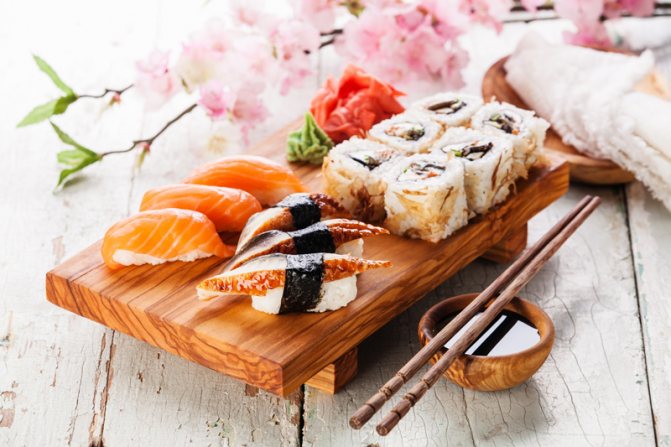
Disadvantages of rolls when breastfeeding
Most of the ingredients included in the composition are allergens. This is the first reason for refusing the question of whether you can eat rolls while breastfeeding. What else is dangerous about Asian cuisine?
- Seafood is an allergen. The baby’s body can react sharply to their appearance on a woman’s menu.
- Rice is a risk of constipation, colic, and other digestive disorders for mother and child.
- Raw fish leads to poisoning and infection with parasites. Therefore, it is recommended to take hot types, make them yourself, or choose a trusted place.
- Soy sauce, wasabi and ginger may contain dyes and chemicals. This is a risk of allergies and poisoning.
- Soy sauce contains a lot of salt - this is undesirable for a child and a mother who is breastfeeding.
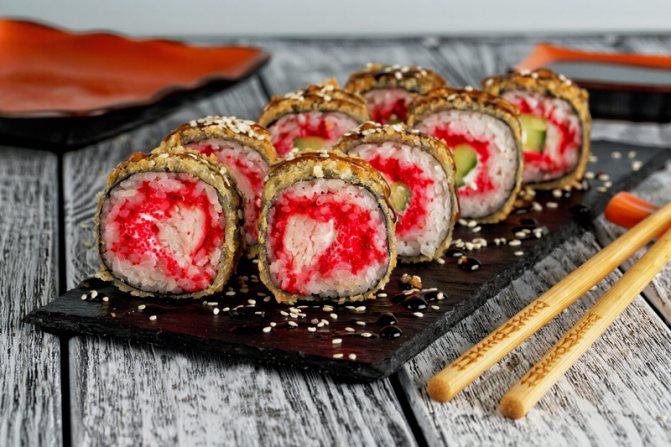
Composition of rolls and their benefits
Japanese dishes are in great demand and are loved by the residents of Russia. The most popular, California and Philadelphia, do not always benefit a nursing woman.
Is it possible to use rolls while breastfeeding? To answer the question, you need to understand: what the dish consists of, what fillings can be eaten without fear, and which ones to avoid. To prepare rolls you need a certain list of products.
Nori seaweed
The chemical composition of nori-maki includes a large amount of iodine, which is important for the human body, especially for the proper functioning of the thyroid gland. The product is rich in phosphorus, calcium, ascorbic acid and vitamins A and B. They are necessary to maintain the immunity of women during pregnancy and lactation.
Fish
Seafood is a storehouse of fatty acids, phosphorus, omega-3. In order for rolls and sushi to be tasty and nutritious, only high-quality fish should be placed in them.
The carcass should be firm and whole, the eyes of the fish should be moist.
Typically used to prepare a Japanese dish:
- salmon,
- tuna,
- smoked eel,
- trout,
- sea bass,
- salmon,
- yellowtail
When purchasing seafood for rolls, you should inspect them carefully. If there are large accumulations of ice on the fish, this indicates that it has been frozen multiple times. The color of a fresh product should be rich and natural.
Soy sauce
It has a lot of advantages. Per 100 g of product there are about 5-9 g of protein, the same amount of carbohydrates, and there is no fat in the sauce at all. There is an opinion that soy sauce is an excellent substitute for table salt. Rich in sodium, iron, zinc, manganese, copper. There is ascorbic acid, B vitamins.
Vinegar for sushi
Rice vinegar is rich in peptides and valuable amino acids: alanine, arginine, leucine, phenylalanine. Without amino acids, the human body cannot synthesize proteins. Rice vinegar contains calcium, potassium, and phosphorus. Real sushi vinegar is a source of beneficial substances.
Ginger
Pickled ginger root is low in calories. There are only 58 kcal per 100 g of product. The value lies in the composition, rich in various amino acids: valine, asparagine, tryptophan. Ginger root contains organic acids: linoleic, caprylic, nicotinic, oleic. The product contains vitamins A, B and B12. This exotic plant has pronounced antioxidant properties.
The main danger for nursing mothers is fish, which in their raw form can contain many parasites and harmful organisms.
What kind of rolls can a nursing mother eat?
Rolls used during breastfeeding must be chosen carefully. This also applies to other Japanese dishes. Doctors recommend following the rules when ordering and preparing it yourself. Is all types of sushi okay for a nursing mother?
- It is advisable to buy hot varieties. The seafood in them is processed, and the risk of contracting an infection is reduced.
- It is recommended to avoid salmon, sesame, and eel. These are the ingredients that are most likely to cause an allergic reaction.
- Ginger and wasabi should be put aside for later. They change the taste of milk and cause allergies in the baby.
- Avocado is an undesirable ingredient, difficult for the digestive tract of the child and mother, and an allergen.
- The Japanese dish is recommended to be baked rather than cooked with tempura.
Important! The best version of the dish is cooked yourself!
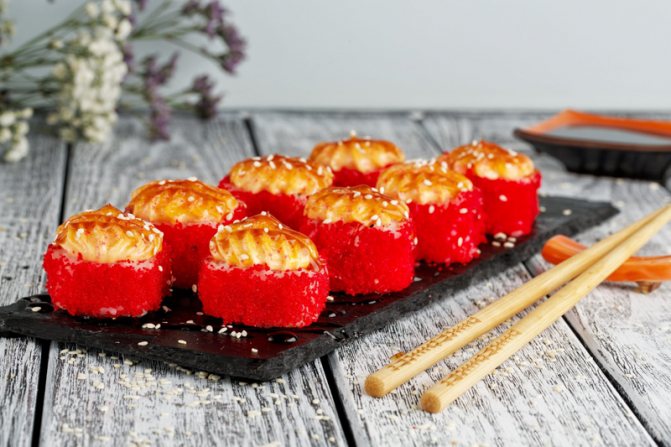
Homemade rolls or store bought?
Cases of poisoning from rolls with raw fish often occur in Russian restaurants. A nursing mother should take this into account, because the consequences can be severe not only for her, but also for the child:
- If you want to eat store-bought Japanese dishes, you should order them only from trusted restaurants and delivery services. These establishments must have an impeccable reputation.
- Looking closely and sniffing the products is one of the important rules. If there is even the slightest doubt, you should refuse the dish. Rolls should not have any unpleasant foreign odors.
When can a nursing mother introduce rolls into her diet?
After it has been determined whether nursing rolls are ok, you need to decide when to eat them.
Here are five recommendations from experts:
- For the first time, a seafood dish can be added to the menu no earlier than the child reaches 3 months. Until this age, you should not try even harmless types of food; the newborn will react negatively.
- The quantity should be limited. The first sample of the Japanese dish is 3 pieces, then the quantity is increased to 6. For the entire period of feeding with breast milk, this is the maximum.
- It is recommended to order a portion no more than once every 7 days.
- Wasabi and ginger do not need to be added until the baby is 6 months old.
Important! When introducing a new product, be sure to monitor the baby’s condition. It is advisable to try options with a minimum amount of ingredients so that the allergen can be identified.
Recipes for homemade rolls while breastfeeding
Sushi made at home while breastfeeding will be safer. A woman will be able to replace ingredients that cause allergies without completely giving up Japanese cuisine.
When discussing whether it is possible to eat sushi while breastfeeding, doctors always recommend preparing the dish yourself to eliminate the risk of poisoning or a sharp reaction in the baby’s body. It also becomes possible to replace the ingredients with healthier ones or vegetarian ones. Another option is sweet types.
Chicken rolls
If there are enough fatty acids and iodine in the body, it is not necessary to choose a dish with fish. This recipe is suitable if the baby or woman has allergies. The prepared meals are healthy and safe. The number of ingredients is small.
Ingredients:
- rice – 2 cups;
- chicken fillet – 2 pcs.;
- curd cheese – 300 g;
- nori – 8 pcs.;
- cucumber – 2 pcs.
Preparation:
- Rinse the rice until the water runs clear. Pour in a ratio of 1:1.25. Wait until it boils. Reduce heat, wait another 15 minutes. Cool the rice.
- Boil or bake the breast without adding spices.
- Place rice on nori. Smooth it over the matte side.
- Place cheese, chicken, cucumber.
- Roll the sheet, it should be tight.
Rolls with fish
It is recommended to take non-oily fish from the river. The main thing is that the baby’s well-being does not deteriorate.
Ingredients:
- nori – 2 pcs.;
- rice – 8 spoons;
- fish – 200 g;
- rice vinegar – 2 tsp.
Preparation:
- Boil the rice. Cool. Add vinegar.
- Spread out the nori. Place rice. Moisten the layer with a little water and rice vinegar.
- Place the boiled fish.
- Collapse.
- Cut into pieces using a knife dipped in water.
Vegetarian rolls
For those who prefer plant-based products, there are also snack options. Contains soy curd cheese, vegetables, nori, sushi risk. The dish is easy to prepare.
Ingredients:
- rice – 1 kg;
- seaweed for rolling - 1 pack;
- tomatoes;
- cucumber;
- vegetarian cheese.
Preparation:
- Cook the rice according to the recipe and leave to cool for a while.
- Prepare the seaweed.
- Cut the cucumber and tomato into strips.
- Place a layer of rice on the nori and moisten with water.
- Make a cheese layer.
- Lay out the vegetables.
- Wrap the sheet. Slice.
Sweet rolls
The answer to the question of whether a nursing mother can have sweet sushi and rolls is similar. The main thing is that the ingredients do not cause allergies.
Ingredients:
- rice;
- banana;
- cherry;
- rice paper;
- cottage cheese;
- milk.
Advice! Milk is needed to replace water with rice vinegar. The rice layer is moistened with it.
Preparation:
- Cook rice using the usual technology.
- Prepare a sheet of paper.
- Place a layer of rice. Moisten.
- Add sliced banana and cottage cheese. It is advisable to wipe. Add cherries.
- Roll up the sheet.
Lovers of Japanese cuisine should remember that including dishes on the menu is allowed from 3 months of breastfeeding. Do not add wasabi, ginger, or avocado. It is advisable to prepare sushi yourself in order to monitor the baby’s reaction and eliminate possible allergens before preparing it a second time.
Rules of use
Soy sauce is not contraindicated for breastfeeding, but its amount should be reduced
If a nursing mother is a fan of sushi and rolls and cannot deny herself such delicacies, you should take precautions so as not to harm the baby. Follow these guidelines:
- choose rolls without raw fish - vegetable, baked, with chicken;
- Avoid or minimize your consumption of wasabi, vinegar and pickled ginger;
- do not eat sushi and rolls if their freshness and quality are in doubt, or if there is an unpleasant alcohol or ammonia smell;
- do not introduce it into the diet before the baby is 3 months old;
- Try a small amount of the product for the first time and monitor your baby’s reaction;
- if a rash, redness of the skin, or indigestion appears, you should avoid sushi and rolls;
- in the absence of a negative reaction in the child, the mother is allowed to consume 4–6 rolls a day, no more than 2 times a week;
- Do not introduce it into the diet if the baby is prone to allergies.
How to cook a healthy dish
Having stuffed your hand, you can make rolls not only tasty, but also original
If you want to enjoy rolls, prepare a safe version with your own hands. This way you can be confident in the safety of the composition. Please note the following recommendations:
- use a minimal amount of vinegar to soak the rice or eliminate it altogether;
- use fried or smoked fish rather than raw;
- You can use omelette, vegetables, heat-treated chicken fillet as filling;
- Vegetarian rolls are the safest;
- do not eat ginger and wasabi;
- use a small amount of soy sauce.
The most popular cheese for making rolls is Philadelphia. It was named after the state in the USA, where its recipe was developed, especially for subsequent addition to an oriental snack. Rolls with salmon, avocado and cheese received the same name. To make rolls at home, you can buy this cheese in the supermarket or replace it with an analogue - curd cheese with a paste-like consistency.
Recipe: rolls with salmon and avocado
Rolls made by yourself can be even tastier than in a restaurant
Ingredients:
- round grain rice 200 g;
- water 500 ml;
- lightly salted smoked salmon 150 g;
- avocado ½ piece;
- cream cheese 100 g;
- nori sheets.
Cooking process
- Soak the rice for 15-20 minutes, then rinse and drain.
- Place the cereal in a saucepan and fill with clean water.
- Cook for about 15 minutes over low heat.
- Turn off the heat and let the rice cool naturally.
- Cut the fish into slices.
- Remove the pit from the avocado, peel and cut into cubes.
- Place a sheet of nori on a bamboo mat.
- Lay out the rice in an even layer (0.5–0.7 cm thick), leaving 2 cm from one edge of the nori, and press down with your palms;
- Place a strip of filling in the center of the sheet: cream cheese, salmon slices and avocado.
- Lifting the edge of the mat away from you, twist the roll tightly.
- Cut the roll into 6-8 pieces.
- Eat by soaking the pieces in soy sauce.
